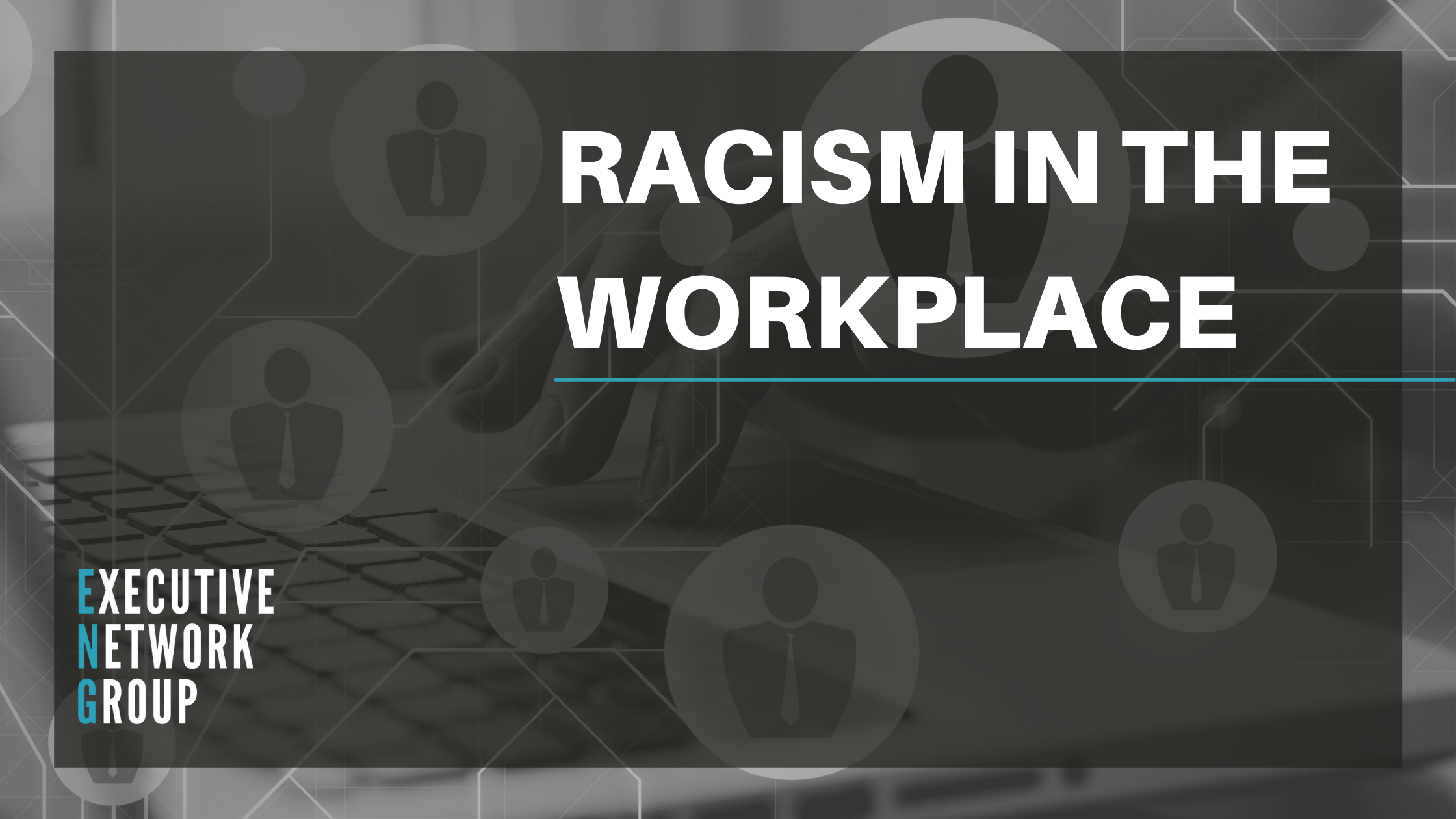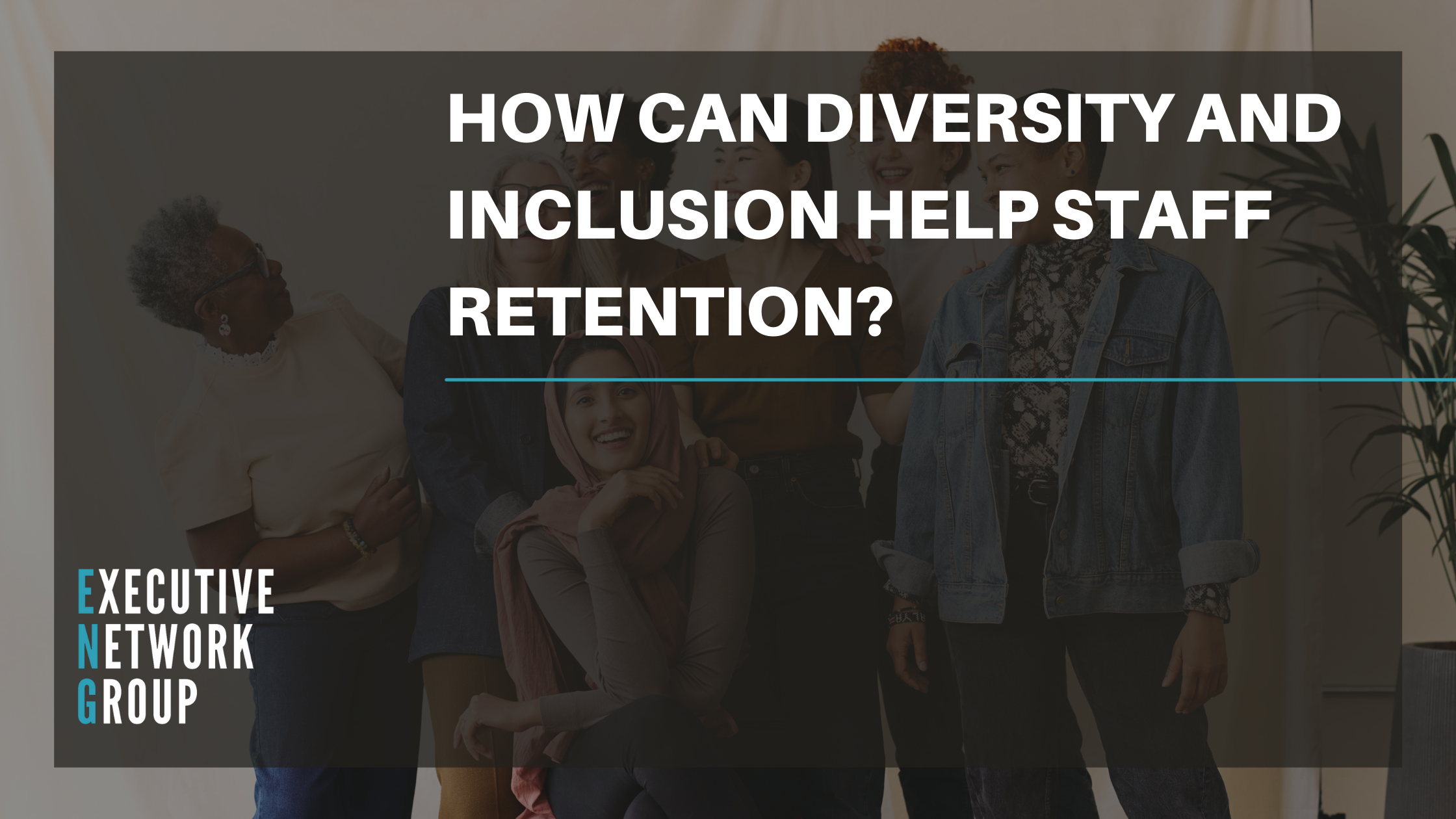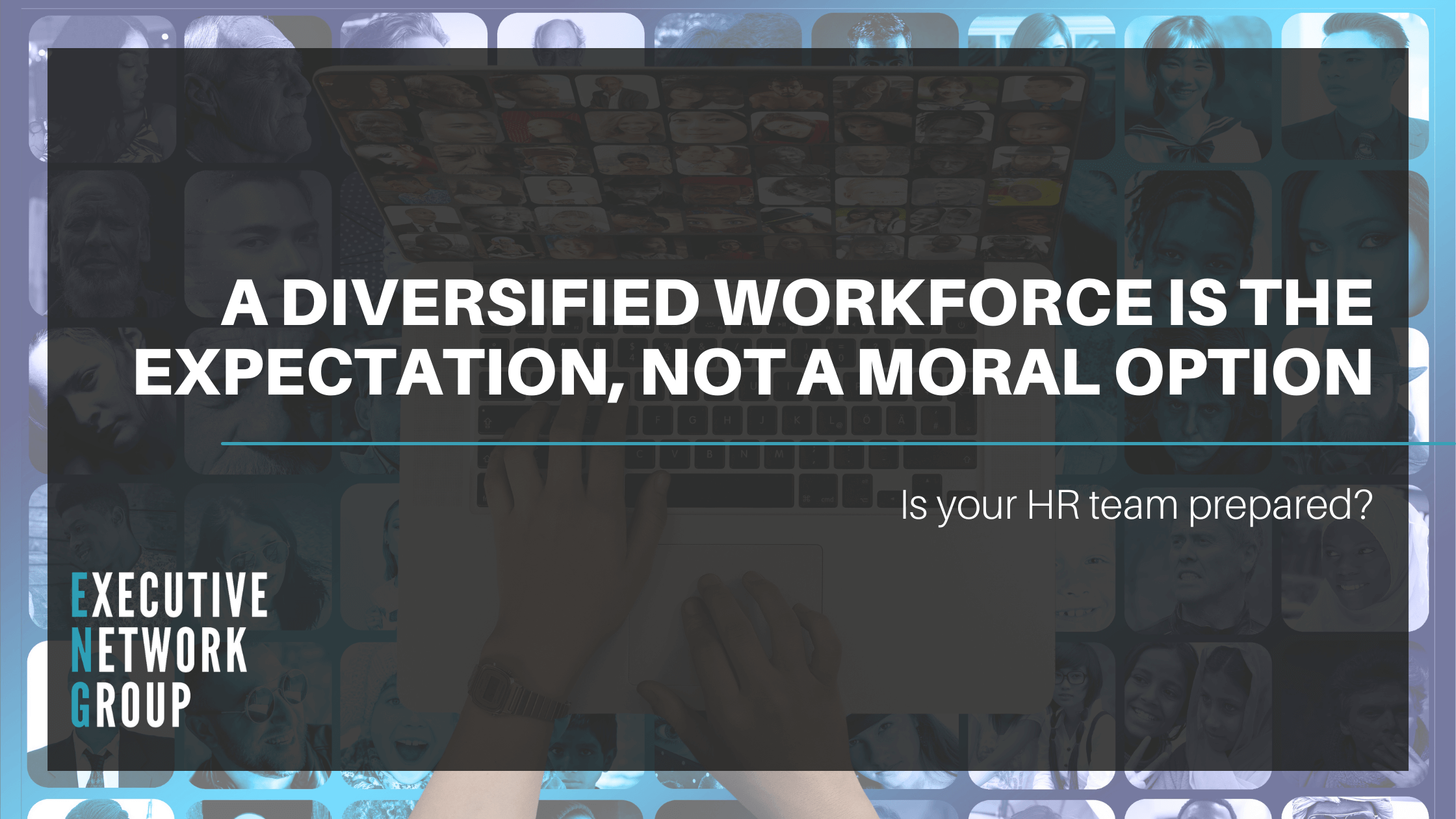Racism in the Workplace

Whether it be direct or indirect discrimination, victimisation, or harassment - the war on workplace racism has been waged for years. Although great strides have been taken towards a progressive workforce that demonstrates both equality and diversity - much more is still required, as we strive for a world where people are treated equally for the work they produce, rather than for the colour of their skin.
The question is – how is this done? What measures can leaders put into practice to achieve diversity goals and create inclusive environments? In this blog, we will be breaking downsome of the discrimination that people face.
Strong onboarding processes are imperative to any business that takes on new starters. Inclusivity is just as important at this onboarding stage as there need to be internal champions at all levels to align with ED&I strategies. When welcoming a new employee into a company - having a thorough onboarding process allows an organisation to bed the new employee in, allowing them to acclimatise to their new role and get them introduced and integrated into a new team. This is the best time to introduce thorough anti-racism and pro-equality and diversity strategies to a new employee. Showing that the organisation has strict policies on this matter and driving home the importance of the community and culture of the business. A new starter will be at their most receptive to these ideas when they first walk through the door. Therefore setting a precedent is imperative. Making onboarding successful for new employees who fall under minorities is also crucial – “An inclusive culture needs to be in place for new staff from ethnic minority backgrounds, to ensure that they immediately feel welcomed. In addition, make sure that you know what support your team need you to put in place, such as an internal mentor or coach to help them navigate the company" - CIPD
Thorough recruitment will also help in this respect - as hiring people who share the same values as the rest of the staff or share the principles that the organisation tries to uphold will see a lowering of racism-based incidents. Recruitment needs to remove any unconscious bias – the use of data can help make informed decisions, whilst it’s imperative businesses have fair and consistent interview processes without any barriers for people of colour.
According to Forbes, people within leadership positions “need to actively communicate their stance on racial discrimination and what won’t be tolerated along with the consequences for violation. Racism, in any form, should never be overlooked, excused or tolerated, regardless of someone’s rank or title”. Leaders must take the reins when it comes to stamping out discrimination. Maintaining this code of ethics and taking zero-tolerance measures on those who violate those terms will show just how serious the organisation takes its diverse culture. It’s also important to note that racism or any kind of discrimination in the workplace is against the law under the Equality Act 2010.
When incidents of racism occur, it's crucial to make sure that discriminated parties feel comfortable coming forward and speaking in confidence with their HR department. To feel confident to do this – HR must have procedures set to investigate and resolve issues. If employees feel that no one is listening to them or their feelings and concerns are not met with inaction – fewer people will want to come forward if they see, hear or experience anything of this nature. It is also imperative for people who are perhaps not a minority or a direct recipient of racial abuse or harassment to stand up for others - or quietly alert HR and leadership within the company to act. Racism doesn't always have to be called out by the victims. It is the responsibility of all to ensure collective inclusion. All of this can be achieved by maintaining employees’ confidence and confidence is won with direct and substantial action.
According to CIPHR – Over a third (36%) of adults working in the UK report that they experience workplace discrimination. Discrimination doesn’t just cover race – It also involves the nine protected characteristics listed in the Equality Act. To ensure that workplaces are inclusive and diverse for all people, the simplest of changes can create forward-thinking and supportive environments. In addition to being beneficial to the people working in that environment - the companies themselves will see positive staff retention, work output and employee morale.

